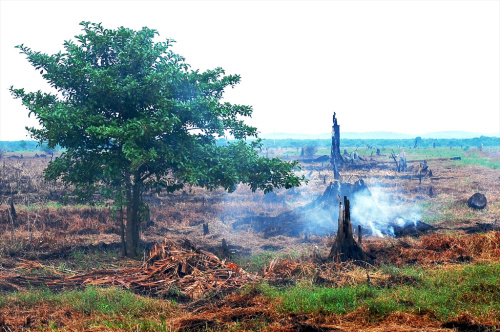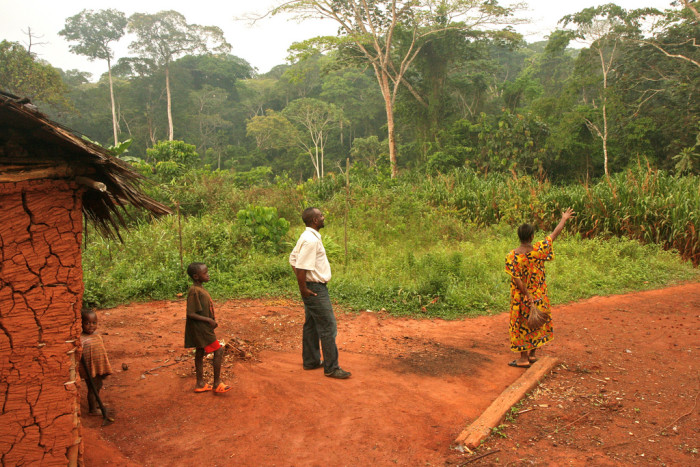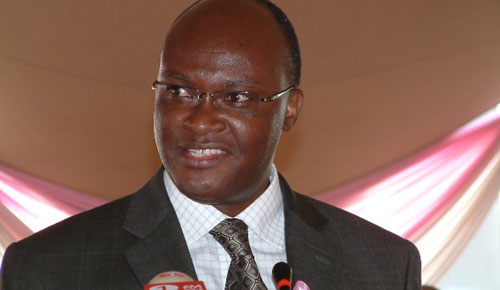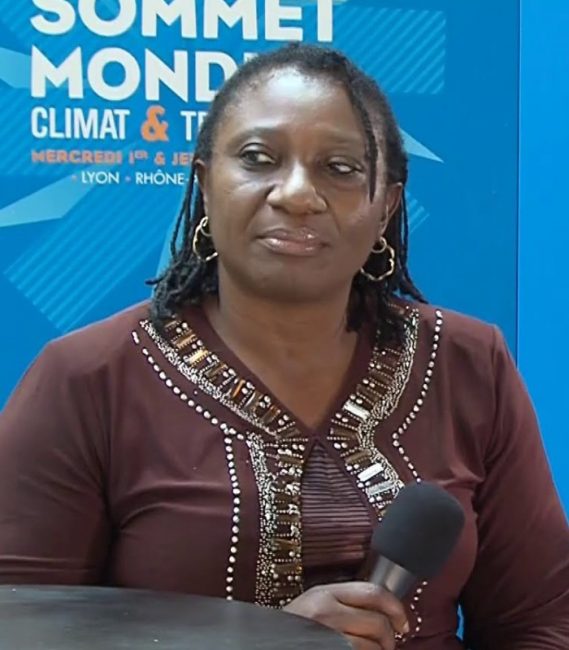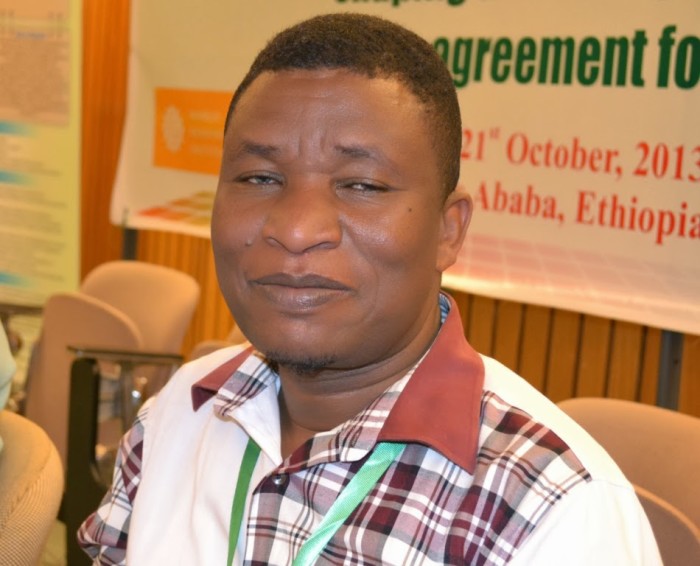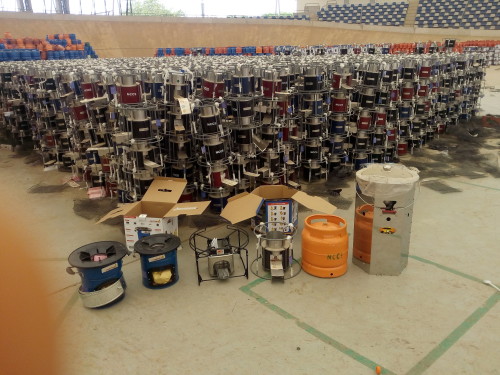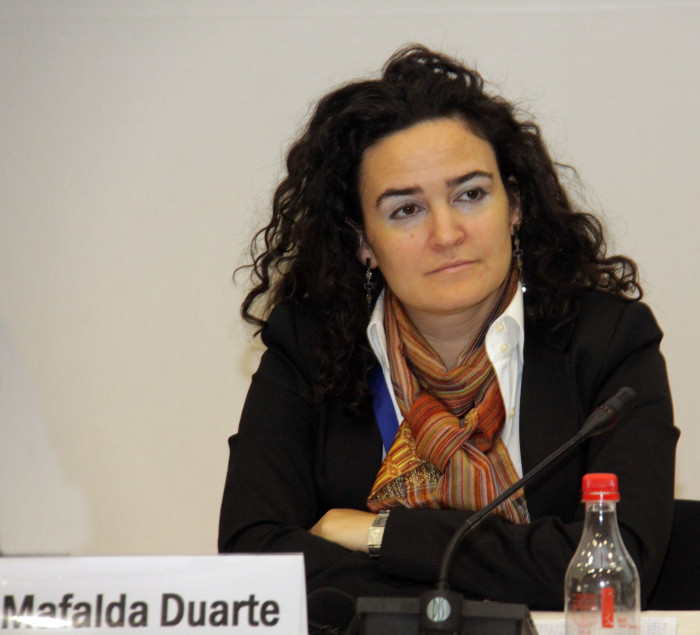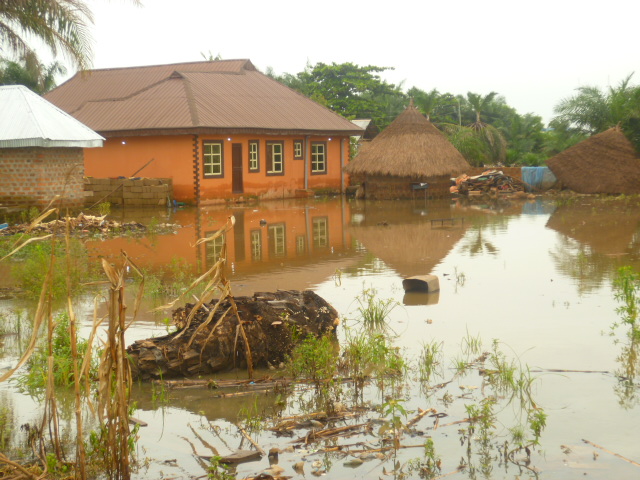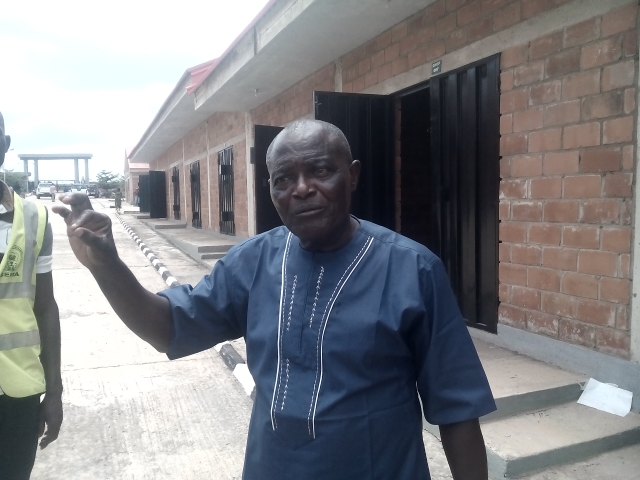September 2015 saw the launch of the Sustainable Development Goals (SDGs). This has been a long journey for many. To highlight the challenges and opportunities facing Africa, the Africa Progress Panel (APP) has just released a publication titled, “Global Goals, African Realities: Building a Sustainable Future for ALL“.
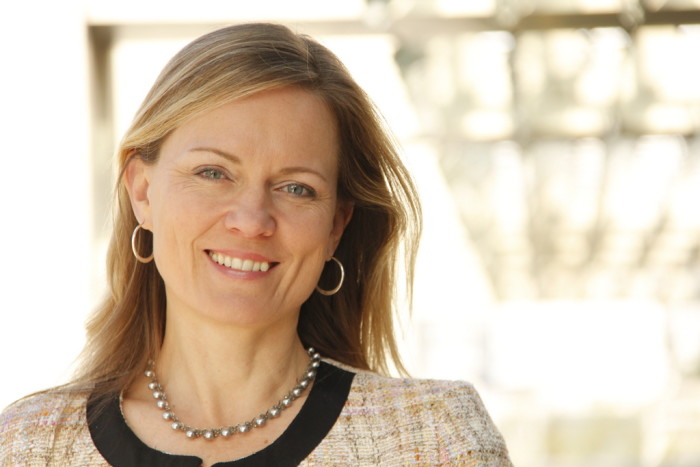
These new international targets to improve people’s lives and protect life on the planet, do much more than just extend for another 15 years the remit of the Millennium Development Goals (MDGs).
The SDGs represent an unprecedented collective global push to tackle the root causes of poverty, through a sharper focus on issues of justice, inequality and equity. They embrace the need for a global transformation that leaves no one behind and gives every child a fair chance of leading a decent life. And they showcase our commitment to protect future generations by limiting climate change, adopting renewable energy and managing resources sustainably.
The SDGs will only succeed, however, if they can succeed in Africa — whose rapidly growing population most needs the change that the agenda describes. That’s why the same concerns that drive the SDGs have been taken up over the last four years by the APP.
The Panel, led by Kofi Annan (the father of the MDGs), actively promotes an agenda for change that calls for Africa’s resources, creativity and dynamism to be better harnessed for the benefit of all Africans. In successive annual reports, the Panel has charted a roadmap to improve the wellbeing and prospects of the continent’s people — including those who have been left behind by the recent economic growth surge. Its policy recommendations have been adopted at the highest levels.
The 2015 report, Power, People, Planet: Seizing Africa’s energy and climate opportunities, focuses on a question that goes to the heart of the SDG agenda: Can the world prevent catastrophic climate change while building the energy systems needed to sustain growth, create jobs and lift millions of people out of poverty?
The carbon-intensive energy systems that drive our economies have set us on a collision course with our planetary boundaries. We can avoid that collision. As a global community, we have the technology, finance and ingenuity to make the transition to a low-carbon future, but so far we lack the political leadership and practical policies needed.
Africa’s highly centralised energy systems often benefit the rich and bypass the poor and are underpowered, inefficient and unequal. Two in three Africans lack access to electricity.
Africa’s poorest people pay among the world’s highest prices for energy.
This energy crisis is also a moment of great opportunity, however. Demand for modern energy is set to surge, fuelled by economic growth, demographic change and urbanisation. As the costs of low-carbon energy fall, Africa could leapfrog into a new era of power generation. The region has an abundance of renewable energy in the form of solar, hydro, wind, and geothermal power. Utility reform, new technologies and new business models could be as transformative in energy as the mobile phone has been in telecommunications.
Tackling Africa’s interlocking climate and energy problems will require strengthened international cooperation. The recently ended SDG summit and the global climate talks in December provide a platform for deepening cooperation and making a down-payment on measures with the potential to put Africa on a pathway toward an inclusive low-carbon energy future and the world on a pathway to avoid climate catastrophe.
Last week, the APP attended the African Development Bank’s (AfDB) launch of their New Deal on Energy for Africa to fast-track universal access to power by 2025: lighting up and powering Africa in 10 years, not 50 years. It was incredible to see and feel the rising ambition and political will to get Africa connected, fast – a plea that was made in our 2015 report.
After outlining his core priorities in the energy sector, President Adesina added, “As I have always said, Mr. Annan is “Africa’s jewel and contribution to the world”. I thank him and the members of the Africa Progress Panel for their wonderful work on the APP 2015 Report.”
Just as the 2015 report focuses on managing Africa’s extensive renewable-energy resources for the good of all Africans, the 2014 report, Grain, Fish, Money: Financing Africa’s blue and green revolutions, examines the vast potential of the sector that most poor Africans work in — agricultural production. The report highlights the gulf between that potential and the growing dependence on food imports. Closing that gulf would provide a powerful catalyst for reducing poverty, generating jobs, feeding urban populations and creating new market opportunities for investment.
African agriculture is no longer a “development problem” but a huge business opportunity. The time has come to unleash Africa’s green and blue revolutions. These revolutions can generate a much-needed improvement to Africa’s food and nutrition security. More than anything, malnutrition on the continent is a failure of political leadership.
The 2014 report also turned the spotlight on the continued massive plunder of vital African resources, including fish stocks and forests. Illegal, unregulated and unreported fishing has reached epidemic proportions in Africa’s coastal waters.
The 2013 Africa Progress Report, Equity in Extractives: Stewarding Africa’s natural resources for all, showed that in many countries, revenues from oil, gas and mining have been widening the gap between rich and poor. A decade of highly impressive economic growth, spurred largely by global demand for African commodities, has not brought comparable improvements in health, education and nutrition.
As the commodity super-cycle unwinds, it is time to ask some tough questions. Some major opportunities for investment, the development of linkages to the local economy and revenue mobilisation during the boom years were not effectively seized. African and OECD governments should be cooperating far more closely to address systemic tax evasion, the outright plunder of valuable assets and the extensive use of off-shore tax havens by foreign and domestic investors.
The 2012 Africa Progress Report, Jobs, Justice and Equity: Seizing opportunities in times of global change, called on African leaders to tackle the deep, persistent and enduring inequalities across the continent. Countries across Africa are becoming richer but whole sections of society are being left behind. After more than a decade of buoyant growth, almost half of Africans still live on less than $1.25 a day. The current pattern of trickle-down growth is leaving too many people in poverty, too many children hungry and too many young people without jobs. Unequal access to health, education, nutrition, water and sanitation is reinforcing wider inequalities.
Viewed through the lens of the SDGs, the equitable growth agenda is more relevant than ever: on current trends one-third of Africans will still be living in extreme poverty in 2030. Africa will account also for a rising share of child and maternal deaths and out of school children.
These reports each focus on a different aspect of the same story. Their vision is the same as the vision behind the SDGs: the need to manage resources wisely and sustainably so that every citizen has a fair chance of leading a healthy, prosperous, fulfilling life, free of poverty. Many African countries are rising to that challenge. Indeed, Africa can help feed the globe’s burgeoning population, spearhead technical innovations, and lead the world on climate-resilient, low-carbon development.
As Kofi Annan says, “Africa is on its way to becoming a preferred investment destination, a potential pole of global growth, and a place of immense innovation and creativity. But there is also a long way to go — and Africa’s governments must as a matter of urgency turn their attention to those who are being left behind. I believe Africa and its leaders can rise to this challenge. If they do, Africa will become more prosperous, stable and equitable.”
Kofi Annan adds that the SDGs are an opportunity for us all to think about what fairness means today, and how the goals can help make the world a more equitable place. He adds, “Humanity can only flourish if we work together. This is why I support the GlobalGoals.”
By Caroline Kende-Robb (Executive Director, Africa Progress Panel)

